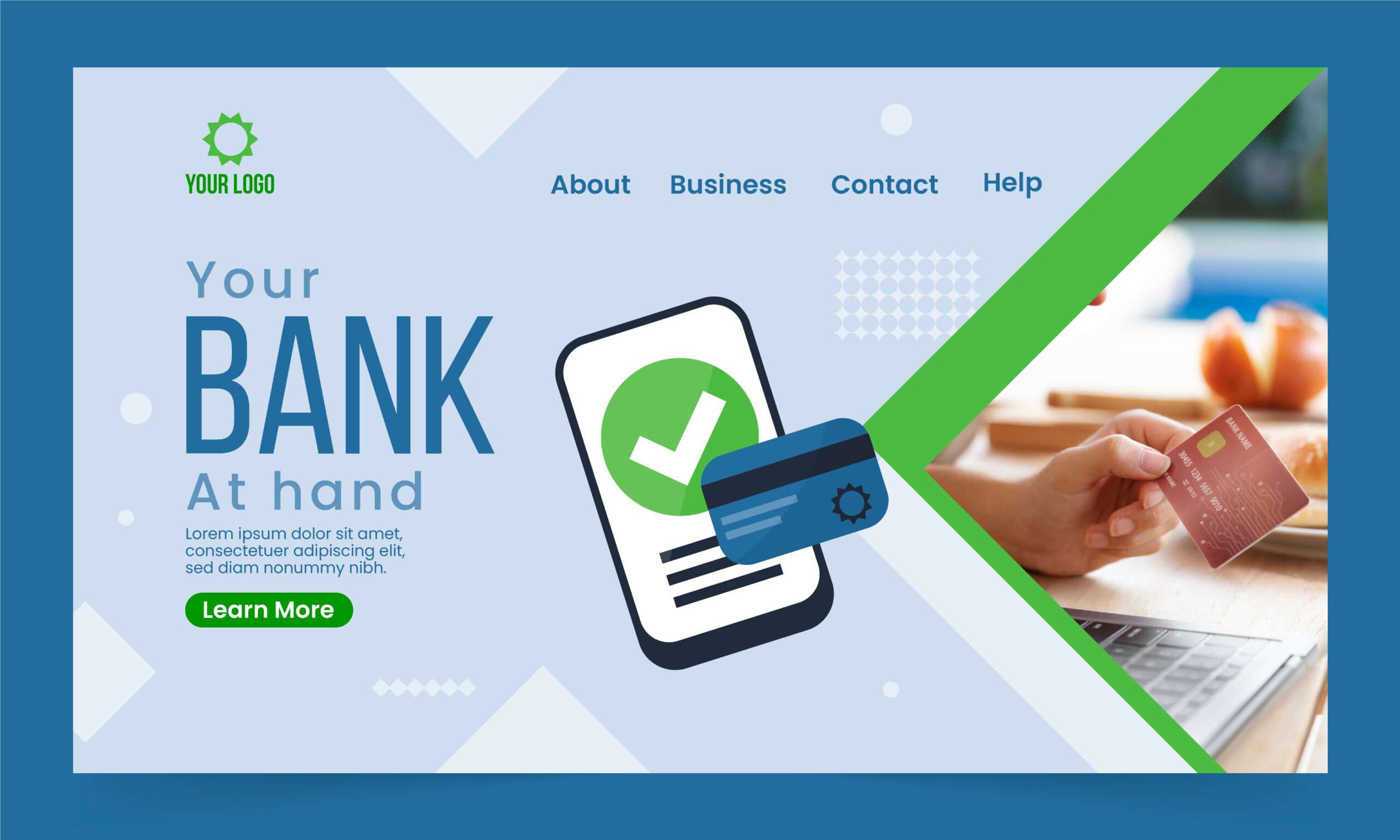On this page:
In the realm of personal finance, an escrow accounts serves as a safeguard and financial management tool, providing individuals with a method to set aside funds for specific purposes, such as taxes, insurance, or future expenses. This article delves into the intricacies of personal escrow accounts, exploring their benefits, functionality, and how individuals can effectively utilize them to streamline their financial management.
What is a Personal Escrow Account?
A personal escrow account, also known as a sinking fund or earmarked account, is a separate account where individuals set aside money for future expenses. Unlike traditional checking or savings accounts, funds in a personal escrow account are designated for specific purposes and are not meant for everyday spending.[1]
Benefits of Personal Escrow Accounts
Budgeting and Financial Planning: One of the primary benefits of a personal escrow account is its ability to facilitate budgeting and financial planning. By allocating funds for future expenses, individuals can effectively manage their finances and ensure that they have sufficient funds available when bills or other obligations arise.
Protection Against Unexpected Expenses: Personal escrow accounts serve as a safety net, providing individuals with a buffer against unexpected expenses. By setting aside funds for various contingencies, such as car repairs or medical emergencies, individuals can mitigate the financial impact of unforeseen events.
Ease of Expense Management: With a personal escrow account, individuals can easily manage recurring expenses, such as property taxes, insurance premiums, or annual membership dues. By automating contributions to the escrow account, individuals can ensure that they have the necessary funds available when these expenses come due.
Peace of Mind: Perhaps the most significant benefit of a personal escrow account is the peace of mind it provides. Knowing that funds are set aside for future expenses can alleviate financial stress and uncertainty, allowing individuals to focus on other aspects of their lives with confidence.
How Personal Escrow Accounts Work
Setting up a personal escrow account is relatively straightforward. Individuals can open a separate savings or checking account specifically designated for escrow purposes. They can then automate contributions to the account, either through direct deposit or scheduled transfers from their primary bank account.
Once funds are deposited into the escrow account, individuals can allocate them towards specific expenses or financial goals. For example, they may set aside funds for property taxes, insurance premiums, home maintenance, or annual vacation expenses.
Must read :How to Buy A House With Bad Credit 2024
Tips for Effective Use of Personal Escrow Accounts
Establish Clear Goals: Before opening a personal escrow account, it’s essential to establish clear financial goals and identify the expenses or obligations you intend to cover with the account. This will help you determine how much to contribute to the account and ensure that you allocate funds appropriately.
Automate Contributions: To ensure consistent contributions to your escrow account, consider automating transfers from your primary bank account. This will help you stay on track with your savings goals and prevent you from missing contributions.
Monitor and Adjust: Regularly monitor your escrow account to track your progress towards your financial goals. If necessary, adjust your contribution amounts or reallocate funds to align with changing priorities or expenses.
Emergency Fund vs. Escrow Account: While personal escrow accounts can serve as a form of emergency fund, it’s essential to distinguish between the two. Maintain a separate emergency fund to cover unexpected expenses or income disruptions, while using the escrow account for planned expenses or obligations.
You Can Also Read : When Is My First Mortgage Payment Due
Types of escrow accounts:
Here are some common types of escrow accounts:
Real Estate Escrow Account:
In real estate transactions, an escrow account is often established to hold funds, such as earnest money deposits, down payments, or funds for property taxes and insurance. This type of escrow account ensures that funds are securely held until all conditions of the sale are met, at which point they are disbursed accordingly.[2]
Mortgage Escrow Account:
A mortgage escrow account, also known as an impound account, is set up by mortgage lenders to hold funds for property taxes and insurance premiums. Borrowers make monthly contributions to the escrow account along with their mortgage payments, and the lender uses these funds to pay the property taxes and insurance bills on behalf of the borrower when they come due.
Business Escrow Account:
In business transactions, escrow accounts are often used to facilitate mergers and acquisitions, asset sales, or other large transactions. Funds are deposited into the escrow account, and disbursements are made according to the terms of the agreement once all conditions are met.
Legal Escrow Account:
Legal escrow accounts are established to hold funds or assets related to legal matters, such as settlements, court judgments, or disputed funds. These accounts ensure that funds are held securely until legal proceedings are resolved and disbursements can be made according to court orders or settlement agreements.
Online Escrow Account:
With the rise of online marketplaces, escrow services are increasingly used to facilitate transactions between buyers and sellers who may not know or trust each other. Funds are held in escrow until both parties fulfil their obligations, providing protection and assurance for both buyer and seller.
Software Escrow Account:
In technology and software development, escrow accounts are used to protect the interests of software users by holding the source code or other critical assets in escrow. This ensures that users can access and maintain the software in the event that the developer is unable to fulfil their obligations, such as bankruptcy or cessation of business operations.
Consumer Escrow Account:
Some consumer transactions, such as large purchases or prepayments for services, may involve escrow accounts to protect the interests of both parties. Funds are held in escrow until the transaction is completed or all conditions are met, providing security and peace of mind for consumers.
These are just a few examples of the types of escrow accounts that exist. The specific terms and conditions of each escrow account may vary depending on the nature of the transaction and the parties involved.
Bottom line:
Personal escrow accounts offer individuals a practical and effective way to manage their finances and prepare for future expenses. By setting aside funds for specific purposes, individuals can streamline their budgeting process, protect against unexpected expenses, and achieve greater financial peace of mind. With careful planning and consistent contributions, personal escrow accounts can serve as a valuable tool for achieving financial stability and success.
FAQ
How to setup an escrow account?
To set up an escrow account:
1. Choose an escrow agent, such as a title company or attorney.
2. Negotiate terms, including responsibilities, timeline, and disbursement process.
3. Complete documentation with an escrow agreement.
4. Deposit funds into the account.
5. Maintain records of all transactions.
6. Monitor the account regularly.
7. Close the account once the transaction is complete.
How to remove escrow account from mortgage ?
To remove an escrow account from a mortgage:
1. Contact your lender to inquire about the process.
2. Determine if you meet the criteria for removal, such as a minimum equity requirement.
3. Submit a formal request to remove the escrow account.
4. Provide any necessary documentation or information requested by the lender.
5. Await approval from the lender.
6. If approved, sign any required paperwork to finalize the removal.
7. Adjust your mortgage payments to exclude escrow amounts for taxes and insurance, as you will now be responsible for paying these directly.
How to open escrow account ?
To open an escrow account:
1. Choose an escrow agent, such as a title company or attorney.
2. Agree on terms, responsibilities, and timeline.
3. Provide initial funds for deposit.
4. Sign an escrow agreement outlining terms and conditions.
5. Monitor the account and transactions.
6. Close the account once the transaction is complete.
Can I take money out of my escrow account ?
Yes, you may be able to take money out of your escrow account under certain circumstances, such as:
Refunding Overages: If there is an excess amount in your escrow account due to overpayment or a decrease in expenses, you may request a refund from your lender.
Cancelled Expenses: If a scheduled expense, such as property taxes or insurance premiums, is cancelled or reduced, you may be entitled to a refund or adjustment in your escrow account.
Escrow Analysis: Periodically, your lender will conduct an escrow analysis to ensure that the funds in your account are sufficient to cover upcoming expenses. If there is a surplus, you may be eligible for a refund.












1 thought on “Personal Escrow Accounts”